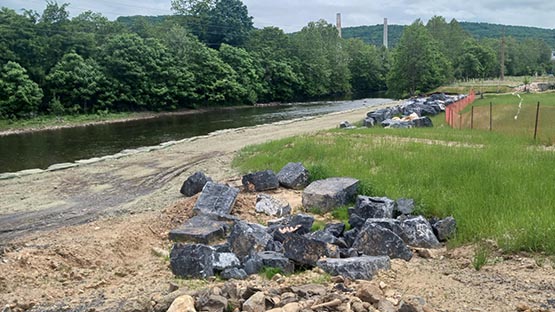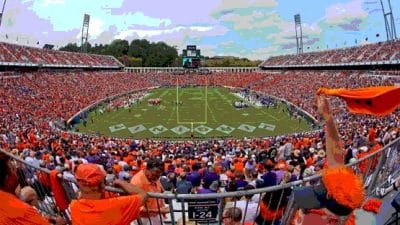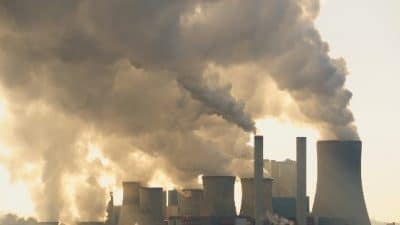
Perry is the White Burkett Miller Professor of Ethics and Institutions at the University of Virginia’s Miller Center, where she also directs the Presidential Studies Program and co-chairs the Presidential Oral History Program. She has been studying the Supreme Court for decades, beginning when she earned her Ph.D. at UVA with a dissertation on religion, race and gender in Supreme Court appointments.
Since then, Perry has written or edited six books on the court. From 1994 to 1995, she served as a judicial fellow at the Supreme Court, a one-year position typically reserved for exceptional scholars in law and political science. Her acquaintance with Scalia began after his appointment in 1986 and continued throughout his life.
Now Republicans and Democrats are locked in an acrimonious debate over Scalia’s successor, with Democrats advocating for a prompt appointment by President Obama and Republicans arguing that the appointment should wait until the next president is elected.
UVA Today spoke with Perry to discuss the historical precedent for nominating Supreme Court justices during an election year and get a better idea of how the current drama might unfold.
Q. You were fairly well-acquainted with Justice Scalia, as your scholarly work kept you close to the court’s activities. What will you remember about him?
A. I first met Justice Scalia a few months after I left UVA with my newly minted Ph.D. My adviser, former professor Henry Abraham, is one of the most renowned modern judicial scholars and encouraged me to seek interviews with the current justices.
I interviewed Justice Scalia about Catholicism and, from that point on, observed him during oral arguments and in small meetings during my fellowship.
One of my favorite observations of Justice Scalia was his meeting with the Italian ambassador to the U.S. They had a really interesting, frank conversation about Justice Scalia’s Italian-American heritage and how his Catholicism might affect his decisions. He maintained that he did not use his religion to make his official legal judgments, but based them solely on his reading of the Constitution.
Justice Scalia came to UVA in 2010 to speak at an endowed lectureship honoring Professor Abraham, with whom he developed a close friendship. About 18 months ago, I joined Professor Abraham for what would sadly be my last lunch with Justice Scalia. He was always very open about his views and had an outgoing, exuberant personality.
I went to the Court to pay my respects to him as he lay in repose and attended his funeral, which was moving and sad. It is hard to believe that someone who has been such a mainstay of the court for 30 years, who was larger than life in many ways, is gone.
Q. What can history tell us about the success of nominating and confirming justices during an election year?
A. There have been many successes, even more than I realized at first. By my count, 14 presidents – just over a third – have successfully appointed Supreme Court justices during presidential election years, totaling 21 justices. I am referring to appointments, not nominations, meaning that the Senate confirmed these justices in an election year. Justice Anthony Kennedy, confirmed in 1988, is the most recent example.
Q. How many prospective justices have been nominated and denied confirmation in an election year?
A. There are not many examples from the 20th century, when only four nominees were rejected through failed confirmation votes by the entire Senate, and those did not occur in presidential election years. Rejections were more common during the 19th century. The most applicable recent example is Abe Fortas in 1968, an election year. President Lyndon B. Johnson nominated Fortas, an associate justice, to be chief justice after Earl Warren announced his retirement, and nominated Homer Thornberry to fill Fortas’ seat. Republicans and conservative Democrats filibustered and the nominations did not reach a vote. After Richard Nixon was elected that November, he successfully appointed four justices.
The 1968 situation is similar to what we are facing now, but overall it does not square with history. Six presidents who were genuine lame ducks – who had either been defeated or were not running again and their successors had been elected – successfully nominated justices. Most of these, however, were 18th– or 19th-century presidents, which could show how much the politics around Supreme Court nominations has changed recently.
Q. Is there any precedent for denying hearings to nominees?
A. I do not know of one. Hearings in their modern form are a relatively recent development. Harlan Fiske Stone was the first to appear at his Senate confirmation hearing in 1925 and that did not become a regular occurrence until the 1950s. Before then, confirmation hearings mostly occurred without the nominee present.
History shows us that opposite parties in modern times will most often try to block the other party’s nominee, so that is certainly not new. Justice Ruth Bader Ginsburg is perhaps the only recent exception; her appointment occurred with little controversy. In general, though, we are always going to have controversy around these nominations and especially during an election year with a court that is evenly split along ideological lines.
Q. Can history tell us anything about how long this particular political fight might continue?
A. The longest wait from nomination to confirmation came with Louis Brandeis’ appointment, which took 125 days. The longest vacancy (with a court of nine since 1869) lasted for 391 days from 1969 to 1970, when President Nixon’s first two nominations to fill Justice Fortas’ associate seat were rejected.
For whatever reason, if Justice Scalia’s seat is not filled during the Obama administration, that will mean at least 300 days and likely more, after the new president takes office. So, this could certainly be one of the longer waits in history.
Q. How could the current controversy affect the role of the Supreme Court?
A. With eight justices, there could be tied decisions in close cases. In that case, the lower court’s decision would stand, but would not set a national precedent. This could work in Democrats’ favor, since judges appointed by Democrats now hold the majority in all but two circuit courts.
Also, the longer the Supreme Court is dragged into the muck and mire of everyday politics, the more likely it is that the court and its image will be damaged. That concerns me as a scholar of the institution. While the court has had its share of self-inflicted wounds, it has less control in this particular case. I really care about the court and, in its long history, I believe it has served the American people well.
When laying the cornerstone of today’s Supreme Court building in 1932, Chief Justice Charles Evan Hughes declared, “The republic endures and this is a symbol of its faith.” I believe the court has helped the republic to endure and has been a symbol of our faith in the rule of law, and I always become concerned when it becomes mired in everyday politics.










